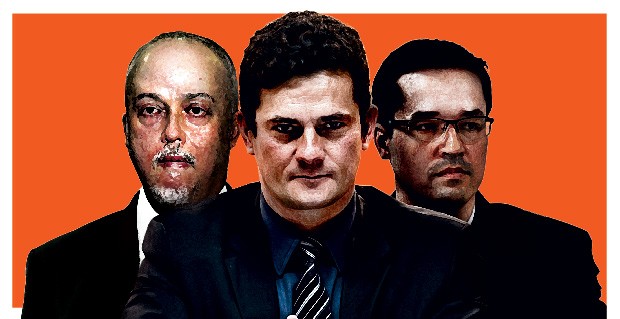Bem, agradeço a recomendação, mas vou esperar o livro ficar disponível a 3 dólares na Abebooks padra comprar. Acho que Kissinger merece mais do que isso, mas não estou disposto a pagar um livro que vou ler nas livrarias nas próximas semanas, e depois esperar que caia sobre a minha mesa...
Esse primeiro volume do livro do conhecido historiador britânico, aliás escocês, do meu ponto de vista, deve até ser mais interessante por quem se dedica à história das ideias, terreno no qual Kissinger foi quase um filósofo da diplomacia contemporânea, bem mais, em todo caso, do que o susequente, segundo volume, quando ele já era um velhaco administrador da potência americana em suas projeções imperiais. Tem quem goste: eu prefiro ficar com a história das ideias.
Para isso recomendo também o livro de um filósofo da CIA, Peter Dickson: Kissinger and the Meaning of History.
Kissinger não tinha princípios? Claro que tinha, mas o seu jeito de Mazarino, justamente, não combina com minhas inclinações kantianas...
Paulo Roberto de Almeida
Dear Friends:
Kissinger: Volume 1: The Idealist, 1923-1968
Few figures provoke as much passionate disagreement as Henry Kissinger. Equally revered and reviled, his work as an academic, national security adviser, diplomat, and strategic thinker indelibly shaped America's role in the 20th century. Kissinger's counsel knew few boundaries: His advice was sought by every president from Kennedy to Obama. Yet the man and his ideas remain the object of profound misunderstanding.
Drawing on 50 archives around the world, including Kissinger's private papers, my new book, "Kissinger: Volume 1: The Idealist, 1923-1968," argues that America's most controversial statesman, and the cold war history he witnessed and shaped, must be seen in a new light. In this first of a two-volume history, you'll learn that:
Kissinger was far from a Machiavellian realist. At least in the first half of his career, he was an idealist, opposed to philosophies that see human actions and events as determined by factors beyond our control, such as laws of history or economic development. Kissinger rejected the idea that such "necessity" was the crucial element in human affairs. He exalted the role of human freedom, choice, and agency in shaping the world.
Kissinger worried that the United States was forfeiting its moral leverage by accepting a Soviet-framed contest over economic productivity. In a remarkable interview with ABC's Mike Wallace in July 1958, he made the startling argument that the U.S. was being insufficiently idealistic in its Cold War strategy. "I think we should go on the spiritual offensive in the world," he said. "We should identify ourselves with the revolution." The aim was not to win a contest between rival models of economic development but above all to "fill…a spiritual void," for "even Communism has made many more converts through the theological quality of Marxism than through the materialistic aspect on which it prides itself."
Kissinger believed deeply in the importance of applied history to good statecraft: "When I entered office, I brought with me a philosophy formed by two decades of the study of history," he wrote in "White House Years." "History is not, of course, a cookbook offering pretested recipes. It teaches by analogy, not by maxims. It can illuminate the consequences of actions in comparable situations, yet each generation much discover for itself what situations are in fact comparable."
A proper understanding of American history – indeed, of America's ebbing and flowing faith in itself – requires a proper understanding of Kissinger. As I note in Volume One, "In researching the life and times of Henry Kissinger, I have come to realize that … I had missed the crucial importance in American foreign policy of the history deficit: the fact that key decision-makers know almost nothing not just of other countries' pasts, but also of their own. Worse, they often do not see what is wrong with their ignorance…. What is most needed, for students of economics and international relations alike, is a stiff dose of applied history."
I am pleased to be partnering with Harvard Kennedy School's Belfer Center for Science and International Affairs to help build a project that does just that.
I invite you to read "Kissinger: Volume One," and welcome your thoughts.
Learn More
Sincerely,
Niall Ferguson
Laurence A. Tisch Professor of History, Harvard University
Member of the Board, Belfer Center for Science and International Affairs



